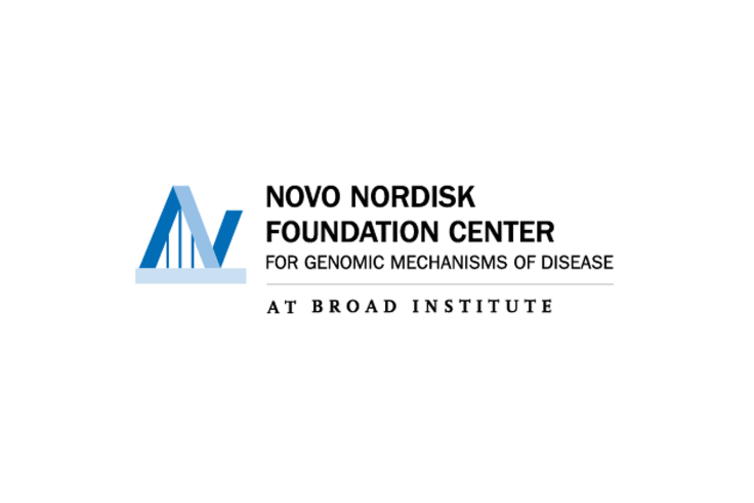Research
Together, the GRO community aims to:
1) Build a base resolution atlas of human regulatory sequences, their functions, and their mechanisms.
2) Chart the physical and functional interactions with genes, transcription factors, and chromatin structures that underlie regulatory element activity.
3) Define how regulatory element-TF-gene networks determine cell state.
4) Integrate data into computational models to accelerate efforts to systematically interpret every common and rare genetic variant associated with human diseases (variant to function, or V2F).
An atlas of the function of every base
What could we achieve if we understood the regulatory potential of every base in the human genome, in every cell type and state? Could we predict the function of the genetic variants that cause common diseases like heart disease and schizophrenia? Could we design ways to move cells out of their states to create new cellular therapies for diseases and aging?
Toward this goal, we develop methods for characterizing, perturbing, engineering, and modeling epigenomes and gene regulatory mechanisms, with a focus on single cells and single molecules. We deploy these at massive scale, and with perturbations, with the goal of charting the function of every base in the human non-coding genome. We build deep learning models to expand these findings to every cell type and state.
Relevant papers and preprints:
The EN-TEx resource of multi-tissue personal epigenomes & variant-impact models. Rozowsky et al. Cell. 2023 Mar 30;186(7):1493-1511.e40. doi: 10.1016/j.cell.2023.02.018.PMID: 37001506 (Bernstein, Epstein, and Shoresh labs)
Functional inference of gene regulation using single-cell multi-omics. Kartha et al. Cell Genom. 2022 Sep 14;2(9):100166. doi: 10.1016/j.xgen.2022.100166. Epub 2022 Aug 4.PMID: 36204155 (Buenrostro lab)
Physical and functional interactions
We develop and apply methods for determining the mechanistic interactions between genomic elements, TFs and genes, both in individual nuclei, and in their endogenous spatial context in tissues.
Relevant papers and preprints:
Dynamics of CTCF- and cohesin-mediated chromatin looping revealed by live-cell imaging. Gabriele et al. Science. 2022 Apr 29;376(6592):496-501. doi: 10.1126/science.abn6583. Epub 2022 Apr 14.PMID: 35420890 (Hansen lab)
Photoselective sequencing: microscopically guided genomic measurements with subcellular resolution Mangiameli et al. Nat Methods. 2023 May;20(5):686-694. doi: 10.1038/s41592-023-01845-8. Epub 2023 Apr 27.PMID: 37106232 (Chen and Buenrostro labs)
Regulatory element-TF-gene networks
We interrogate regulatory-TF-gene relationships, build and perturb element-TF-gene networks to
(1 Understand how these mechanisms determine cell state
(2) Accelerate the functional interpretation of variants associated with common diseases (variant-to-function).
Relevant papers and preprints:
Massively parallel base editing to map variant effects in human hematopoiesis. Martin-Rufino JD et al. Cell. 2023 May 25;186(11):2456-2474.e24. doi: 10.1016/j.cell.2023.03.035. Epub 2023 May 2.PMID: 37137305 (Sankaran and Lander labs)
Computational models of the genome & epigenome
99% of the genetic differences that define humanity reside in the non-coding genome. Predicting the impact of these variants across common and rare diseases requires comprehensive models of gene regulation. We use machine learning to build, apply, and refine models of the genome and epigenome in order to predict the functional impact of genomic variants, including those that underlie common and rare disease.
Integrative dissection of gene regulatory elements at base resolution. Chen et al. Cell Genom. 2023 Apr 28;3(6):100318. doi: 10.1016/j.xgen.2023.100318. eCollection 2023 Jun 14.PMID: 37388913 (Bernstein and Najm labs)
Single-cell multi-scale footprinting reveals the modular organization of DNA regulatory elements. Hu et al. bioRxiv. 2023 Mar 29:2023.03.28.533945. doi: 10.1101/2023.03.28.533945. Preprint.PMID: 37034577 (Buenrostro, and Shoresh labs)
In partnership with:
Novo Nordisk Foundation Center for the Genomic Mechanisms of Disease
The Novo Nordisk Foundation Center for Genomic Mechanisms of Disease facilitates close collaborations between the Broad Institute and Danish researchers investigating the genetics and gene regulation of common complex disease, including type 2 diabetes and obesity.
https://www.broadinstitute.org/nnfc
Eric and Wendy Schmidt Center
Eric and Wendy Schmidt Center is enabling a new field of interdisciplinary research at the intersection of the data and life sciences, aimed at improving human health. Our researchers and partners work together to make the biological questions of our time key drivers for foundational advances in machine learning — and vice versa.


